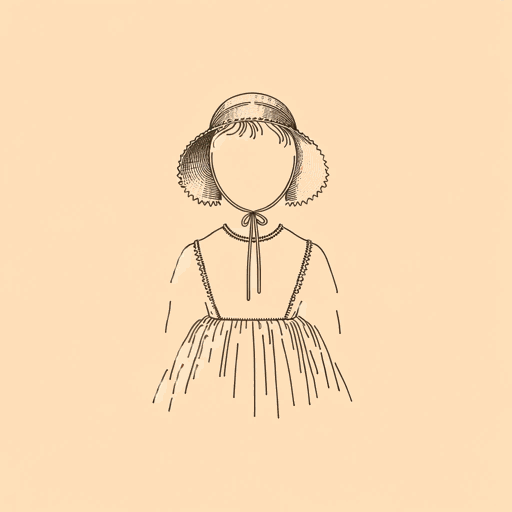75 pages • 2 hours read
James McBrideThe Color of Water
Nonfiction | Autobiography / Memoir | Adult | Published in 1996A modern alternative to SparkNotes and CliffsNotes, SuperSummary offers high-quality Study Guides with detailed chapter summaries and analysis of major themes, characters, and more. For select classroom titles, we also provide Teaching Guides with discussion and quiz questions to prompt student engagement.
Symbols & Motifs
A Bird Who Flies
As Ruth considers leaving her family when Mameh and Dee-Dee need her most, Mameh reflects on the ritualized killing of a chicken. She tells her daughter, “That chicken is just showing God we’re thankful for living. It’s just a chicken. It’s not a bird who flies. A bird who flies is special. You would never trap a bird who flies” (218). The description explains the difference between mother and daughter: Mameh’s health and inability to speak English make her “just a chicken”—unable to fly and therefore considered suited for sacrifice, while Ruth is “a bird who flies […] special,” because she already proved herself capable of living on her own so she has the power to get away. Ruth interprets the metaphor as Mameh’s tacit permission for her to leave. Ruth clings to Mameh’s symbolism as a coping mechanism for her guilt over leaving Mameh.
Ruth’s Bicycle
When James is a small child, Ruth’s compulsive desire to be on the move manifests as she endlessly rides a rickety old bicycle around Queens. The behavior “typified her whole existence to [James]. Her oddness, her complete nonawareness of what the world thought of her, a nonchalance in the face of what I perceived to be imminent danger from blacks and whites” (7).
Related Titles
By James McBride
Featured Collections
African American Literature
View Collection
American Literature
View Collection
Black History Month Reads
View Collection
Civil Rights & Jim Crow
View Collection
Class
View Collection
Class
View Collection
Common Reads: Freshman Year Reading
View Collection
Community Reads
View Collection
Memoir
View Collection
Religion & Spirituality
View Collection
SuperSummary New Releases
View Collection






